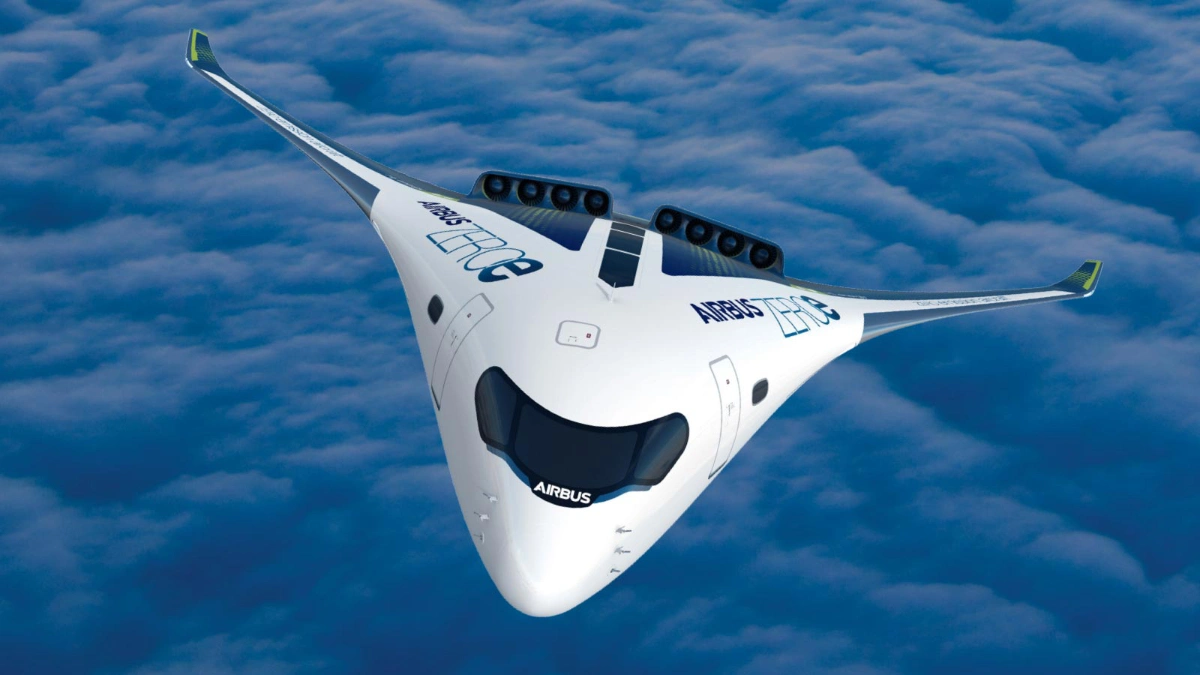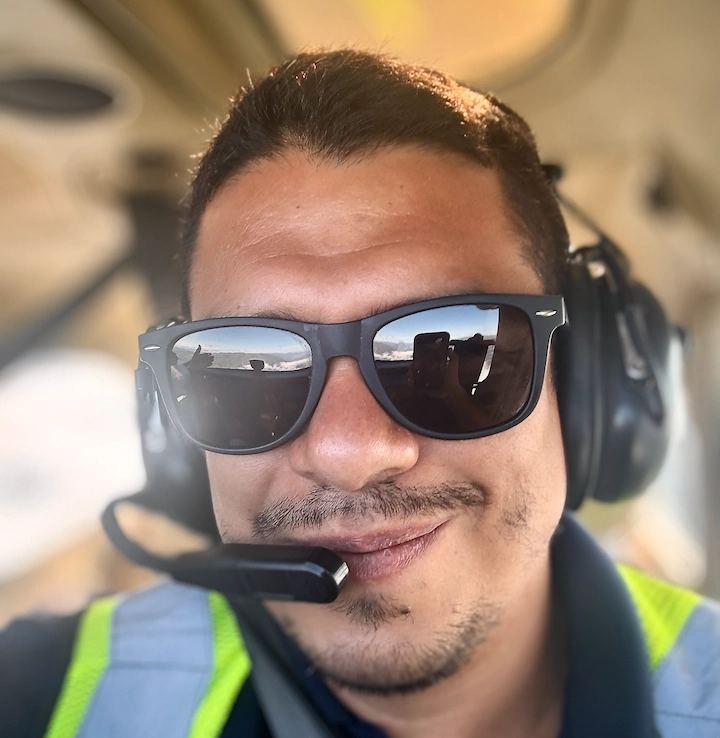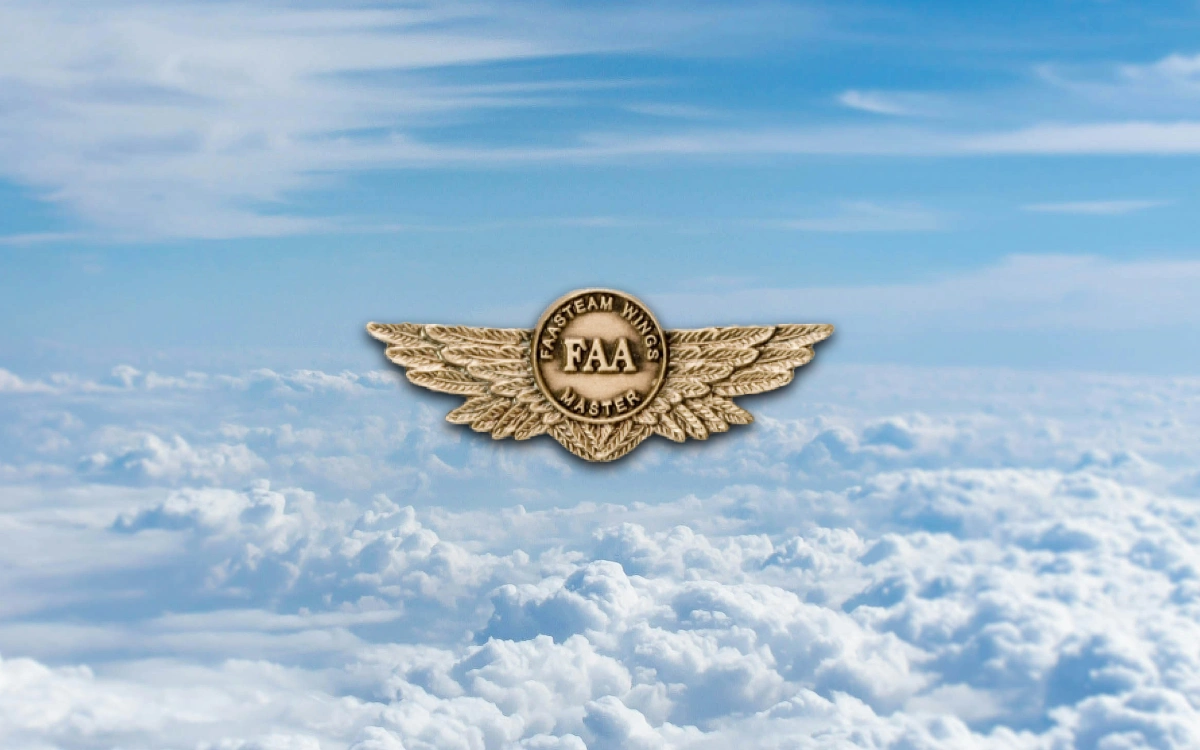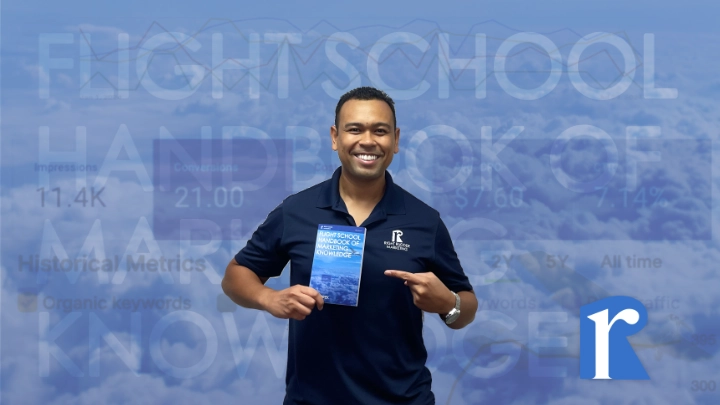
The golden age of aviation isn’t behind us—it’s just beginning. Here’s what the future of flight looks like.
Remember when flying was an adventure? When passengers dressed up for flights and marveled at the miracle of soaring through clouds? That sense of wonder is about to return, but this time it’s backed by technologies that would make the Wright brothers’ heads spin.
We’re standing at the threshold of the most dramatic transformation in aviation history. After decades of incremental improvements, the industry is experiencing a perfect storm of innovation driven by climate urgency, technological breakthroughs, and fierce competition. The result? A complete reimagining of how we fly.
The Return of Speed: Supersonic Takes Flight Again
The Concorde may have retired in 2003, but its spirit lives on—and it’s coming back stronger than ever. Boom Supersonic’s sleek XB-1 demonstrator has already shattered the sound barrier, proving that supersonic passenger travel isn’t just nostalgia—it’s the near future. The aircraft performed its first supersonic flight test on January 28, 2025, reaching Mach 1.122 (750 mph) and becoming the first privately developed jet aircraft to break the sound barrier.
Picture this: boarding a flight in New York and touching down in London before you’ve finished your in-flight meal. Boom’s Overture airliner promises to make this a reality by the late 2020s, cutting transatlantic flights to under four hours. Even more exciting? The U.S. has lifted its ban on overland supersonic flights, opening the door for coast-to-coast supersonic routes.
Further Reading:
- Boom Supersonic XB-1 Flight Test Program - Live updates from Boom’s test flights
- IEEE Spectrum: Boom Supersonic’s XB-1 Jet Completes Mach 1 Test - Technical analysis of the breakthrough
- Live Science: Supersonic Passenger Planes 1 Step Closer
But why stop at twice the speed of sound? Hypersonic aircraft—traveling at Mach 5 and beyond—are moving from science fiction to engineering reality. We’re talking about Los Angeles to Tokyo in under two hours. The race is on, with companies across the globe developing aircraft that could make today’s “long-haul” flights seem quaint.
Radical Redesigns: When Planes Don’t Look Like Planes Anymore
For over a century, aircraft have followed the same basic blueprint: a tube with wings stuck on the sides. That’s about to change in a big way.
Enter the Blended Wing Body (BWB)—an aircraft where the fuselage and wings merge into one seamless, ultra-efficient shape. JetZero’s revolutionary design promises 50% better fuel efficiency per passenger while offering dramatically more space for cargo and passengers. United Airlines clearly sees the potential, committing to purchase up to 200 of these futuristic aircraft.
These aren’t just incremental improvements—they’re complete reimaginings of what an aircraft can be. Imagine boarding a plane that looks more like a flying wing than a traditional airliner, with spacious cabins that feel more like lounges than cramped tubes. The future of aviation architecture is here, and it’s nothing like what we’re used to.
Green Skies Ahead: The Hydrogen Revolution
Aviation faces a climate reckoning, and the industry is responding with unprecedented innovation. Hydrogen-powered aircraft represent the holy grail of zero-emission flight, and they’re closer than you might think.
Airbus is targeting the 2040s for commercial hydrogen flights—not as a distant dream, but as a concrete business plan. Meanwhile, revolutionary engine designs like CFM International’s RISE open-rotor system are delivering 20% fuel efficiency improvements today while preparing for hydrogen compatibility tomorrow.
This isn’t just about being environmentally responsible—it’s about being economically smart. As carbon taxes increase and environmental regulations tighten, airlines that embrace clean propulsion will have a massive competitive advantage.
Wings That Think: The Morphing Wing Revolution
Nature has always been the ultimate engineer, and aviation is finally catching up. Morphing wings—structures that can change shape during flight—are moving from research labs to real aircraft.
Inspired by how birds adjust their wings for different flight conditions, these adaptive structures can reduce drag by up to 25% while improving fuel efficiency and control. Coupled with smart materials and embedded sensors, future aircraft will essentially think for themselves, constantly optimizing performance and diagnosing potential issues before they become problems.
For airlines, this means more reliable aircraft, lower maintenance costs, and happier passengers. For the environment, it means significantly reduced fuel consumption and emissions.
Further Reading:
- NASA: Morphing Wing Technology - Research and development insights
- Journal of Aircraft: Adaptive Wing Structures - Academic research on morphing wing systems
- AIAA: Smart Materials in Aviation - Latest developments in adaptive aircraft structures
The Passenger Experience Renaissance
While engineers revolutionize the aircraft, designers are reimagining the passenger experience. Future cabins will be more like personalized wellness environments than cramped transportation vessels.
Imagine boarding an aircraft that recognizes you biometrically, adjusts lighting to match your circadian rhythms, and uses AI to optimize your comfort throughout the flight. Modular cabin designs could offer quiet zones for work, social areas for networking, and even wellness pods for relaxation.
This isn’t just about luxury—it’s about competitive advantage. In an era where customer experience drives brand loyalty, airlines that create memorable, comfortable journeys will command premium prices and customer devotion.
Further Reading:
- Aviation Week: Future Cabin Technologies - Latest passenger experience innovations
- Aircraft Interiors International - Industry publication on cabin design trends
- Airbus Cabin Innovations - Current and future cabin concepts
AI-Powered Innovation: Designing the Impossible
Artificial intelligence isn’t just changing how we fly—it’s revolutionizing how we design and build aircraft. AI algorithms can analyze millions of variables to create wing shapes, materials, and engine components that human engineers might never consider.
Combined with additive manufacturing (3D printing) and digital twins, these technologies are accelerating innovation cycles while reducing waste and costs. We’re entering an era where aircraft can be designed, tested, and refined in virtual environments before a single rivet is placed.
The result? Aircraft that are more efficient, safer, and capable of feats that were unimaginable just a decade ago.
Further Reading:
- MIT Technology Review: AI in Aerospace - AI applications in aircraft design
- Boeing: Digital Twin Technology - Virtual aircraft development
- Aerospace Manufacturing: 3D Printing Revolution - Additive manufacturing in aviation
The Supporting Cast: Solar Power and Gesture Control
Even the smaller innovations are impressive. Solar-powered systems could soon reduce aircraft’s dependence on auxiliary power units, cutting emissions during ground operations. Meanwhile, cockpit technology is evolving with gesture-controlled interfaces that allow pilots to interact with avionics through simple hand movements.
These advances might seem minor, but they represent a fundamental shift toward more intuitive, efficient, and sustainable aviation operations.
Further Reading:
- Solar Power in Aviation Research - National Renewable Energy Laboratory studies
- Avionics International: Cockpit Technology - Latest flight deck innovations
- IEEE Aerospace Conference Proceedings - Academic research on aviation technology
The Flight Training Revolution: Preparing Pilots for Tomorrow’s Aircraft
This transformation isn’t just changing aircraft—it’s completely rewriting the pilot’s handbook. Flight training institutions face both an unprecedented challenge and an extraordinary opportunity to lead this revolution.
New Aircraft, New Skills
Traditional flight training has remained remarkably consistent for decades, but tomorrow’s pilots will need vastly different skill sets. Supersonic aircraft require understanding of shock wave management, transonic flight characteristics, and high-altitude meteorology that today’s training barely touches. Hydrogen-powered aircraft will demand knowledge of cryogenic fuel systems, different emergency procedures, and entirely new performance calculations.
Perhaps most significantly, morphing wing technology and AI-assisted flight systems are creating aircraft that actively adapt during flight. Pilots will need to understand not just how to fly the aircraft, but how to work with intelligent systems that are constantly optimizing performance. It’s less about controlling the aircraft and more about managing a sophisticated partnership between human judgment and artificial intelligence.
The Training Advantage: Getting Ahead of the Curve
Forward-thinking flight schools have a golden opportunity to become industry leaders by adapting early. Here’s how they can prepare:
Embrace Simulation Technology: Advanced flight simulators can introduce students to supersonic flight characteristics, hydrogen system management, and morphing wing operations years before these aircraft become commonplace. Schools investing in cutting-edge sim technology today will have graduates ready for tomorrow’s cockpits.
Develop Specialized Curricula: Create dedicated tracks for supersonic operations, alternative propulsion systems, and AI-assisted flight management. Students who graduate with these specializations will be highly sought after by airlines racing to adopt new technologies.
Partner with Manufacturers: Establish relationships with companies like Boom Supersonic, JetZero, and hydrogen aircraft developers. These partnerships could provide early access to training materials, simulator programs, and even demonstration flights.
Focus on Systems Integration: Tomorrow’s pilots need to understand how aircraft systems work together in ways that traditional training doesn’t emphasize. Advanced avionics, AI-assisted decision making, and integrated propulsion systems require a more holistic approach to aircraft operation.
Career Opportunities in the New Era
For aspiring and current pilots, this revolution creates unprecedented career paths:
Supersonic Specialists: Airlines operating supersonic routes will need pilots with specialized training. These positions will likely command premium salaries due to the advanced skill requirements and limited pool of qualified candidates.
Sustainable Aviation Experts: Pilots with expertise in hydrogen systems, electric aircraft, and sustainable aviation fuels will be essential as airlines race to meet carbon neutrality goals.
Test Pilots and Development Specialists: The rapid pace of innovation means manufacturers need more test pilots and development specialists than ever before. This traditionally exclusive field is expanding rapidly.
Training and Simulation Instructors: As these new technologies proliferate, there will be massive demand for instructors who can teach the next generation of pilots. Current pilots who gain expertise in new technologies can transition into highly rewarding training roles.
What Flight Schools Should Do Now
The window for adaptation is closing quickly. Flight schools that act now will thrive; those that wait may find themselves obsolete. Here’s the action plan:
-
Invest in Technology: Upgrade simulators and training equipment to handle advanced aircraft systems. Partner with tech companies to develop specialized training modules.
-
Retrain Instructors: Send current instructors for advanced training in new technologies. Consider hiring specialists with experience in supersonic flight, alternative propulsion, or advanced avionics.
-
Develop Industry Partnerships: Establish relationships with airlines, manufacturers, and regulatory bodies to stay ahead of certification requirements and industry needs.
-
Create Flexible Programs: Develop modular training programs that can quickly adapt to new aircraft types and technologies as they emerge.
-
Market the Future: Attract students by highlighting your school’s preparation for tomorrow’s aviation landscape. Students want to invest in training that will make them highly employable in the future job market.
Industry Resources for Flight Training:
- FAA: Advanced Aviation Training - Regulatory guidance for new aircraft types
- AOPA Flight Training Resources - Industry best practices and training standards
- International Council of Aircraft Owner and Pilot Associations - Global perspective on training requirements
What This Means for You
Whether you’re a frequent flyer, an aviation enthusiast, or someone considering a career in aviation, these changes will profoundly impact your experience. Flights will become faster, more comfortable, and more environmentally responsible. Regional routes might become supersonic, while long-haul flights could transform into luxurious experiences rather than endurance tests.
For current and aspiring pilots, this represents the opportunity of a lifetime. The pilots who embrace these new technologies early will have access to the most exciting, prestigious, and well-compensated positions in aviation. Those who adapt quickly will write the next chapter of aviation history.
For flight schools and training organizations, the message is clear: evolve or become irrelevant. The institutions that invest in tomorrow’s training today will become the MIT and Harvard of aviation education.
The Sky’s the Limit
We’re not just witnessing the evolution of aviation—we’re seeing its complete transformation. From supersonic travel and shape-shifting aircraft to hydrogen propulsion and AI-designed wings, the industry is reinventing itself at breathtaking speed.
The question isn’t whether these changes will happen—it’s how quickly they’ll arrive and who will lead the charge. For flight schools and aviation training organizations, the window to adapt and capitalize on this revolution is rapidly closing. The institutions that move decisively now will capture the lion’s share of tomorrow’s aviation professionals—and the premium pricing that comes with cutting-edge training programs.
The First-Mover Advantage is Real
History shows that early adopters in aviation reap extraordinary rewards. The flight schools that first embraced advanced simulators, glass cockpit training, and jet transition programs didn’t just survive industry changes—they dominated them. Today’s technological revolution offers an even greater opportunity for differentiation and market leadership.
Schools that position themselves as the training ground for supersonic pilots, hydrogen aircraft operators, and AI-assisted flight specialists will command premium tuition rates, attract the best students, and form partnerships with leading airlines and manufacturers. The competitive moat created by early adoption of these technologies will be nearly impossible for competitors to cross.
Success Requires the Right Partnership
But innovation alone isn’t enough—it must be paired with strategic marketing and technology implementation. The flight schools that will truly capitalize on this revolution are those that can effectively communicate their advanced capabilities to prospective students, industry partners, and regulatory bodies.
That’s where having the right technology and marketing partner becomes mission-critical. Right Rudder Marketing specializes in helping flight schools navigate exactly these kinds of transformational opportunities. Their expertise in aviation marketing, combined with deep understanding of emerging flight training technologies, positions them as the ideal partner for schools ready to lead the industry into its next era.
Whether you’re implementing advanced simulation technology, developing supersonic training curricula, or launching specialized programs for sustainable aviation, Right Rudder Marketing has the aviation-specific knowledge and proven strategies to ensure your innovations reach the right audience and generate maximum enrollment impact.
So the next time you board an aircraft, take a moment to appreciate that you might be experiencing the last generation of “traditional” flying. The revolution is coming, and it’s going to be one hell of a ride. The flight schools that prepare now—with the right technological investments and marketing partnerships—will be the ones writing aviation’s next chapter.
Ready to soar into the future? The sky isn’t the limit—it’s just the beginning. And with the right strategy and partnerships, your flight school can lead the way.

Content contributed by:
Raul Ospina
Raul is a passionate Ops & Marketing Manager with a knack for problem-solving and a love for technology. He thrives on challenges and enjoys finding innovative solutions to complex problems. With a ba...
View Profile

